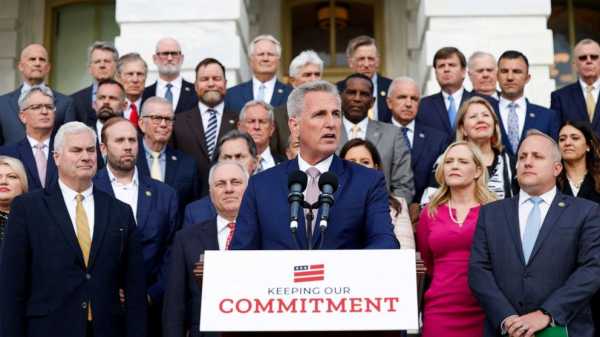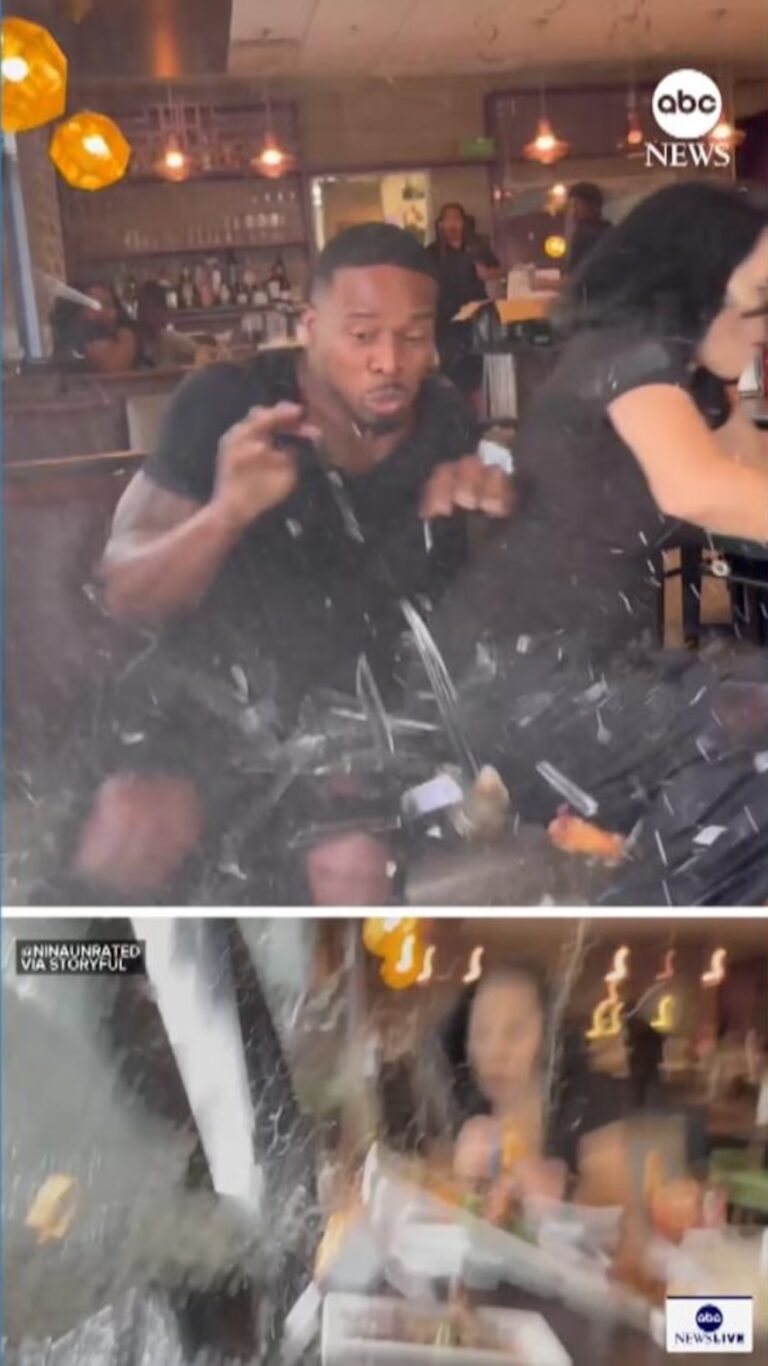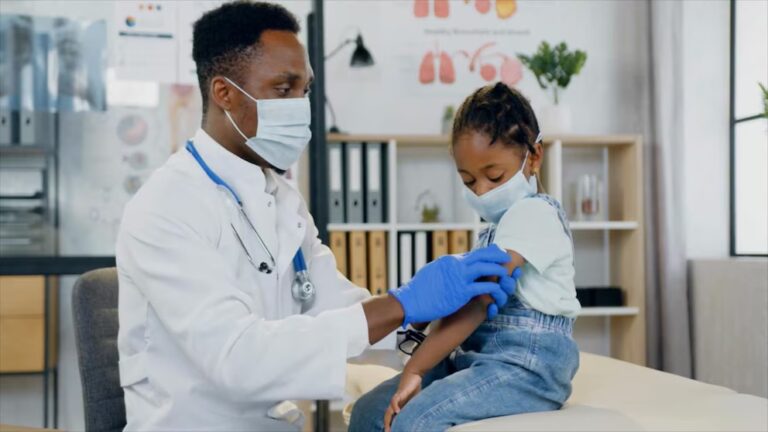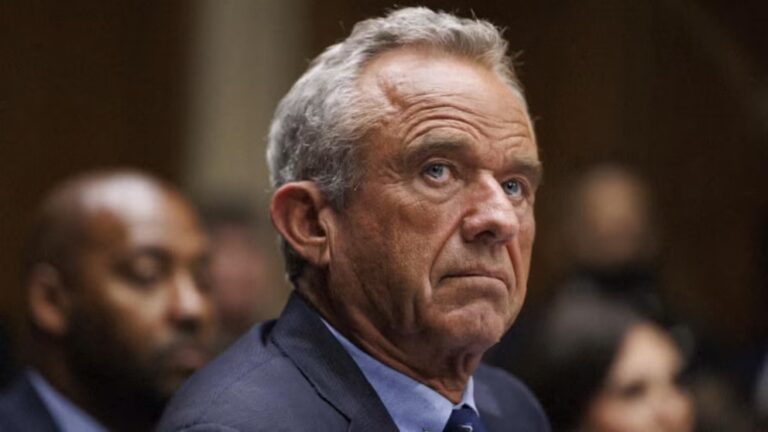A new report from Senate Republicans doubles down on the theory that COVID-19 emerged from an accidental lab leak in Wuhan — and possibly, even more than one leak.
While their investigation concedes that "both hypotheses are plausible," the nearly 300-page document released by the minority on the Senate health subcommittee makes a circumstantial case that the "preponderance of circumstantial evidence" points to "an unintentional research-related incident" — an undetected aerosol leak — likely at the Wuhan Institute of Virology (WIV), as the first spark which would ultimately ignite the pandemic.
The WIV has long been known for not just its extensive research on bat coronaviruses, but also poor biosafety conditions while dealing with risky contagion samples which need proper containment, investigators wrote.
The document says an initial leak may have occurred "sometime before September 2019" and began circulating in Wuhan. Then, once WIV and Chinese government authorities realized what had happened, officials scrambled to quickly and quietly develop a vaccine that could be deployed to contain the outbreak — all before the world could learn the truth, according to the authors.
That rush to develop a vaccine may have led to a second accidental lab leak — one which, in turn, would lead to the global pandemic, the investigators believe.
No definitive conclusion has yet been reached on the origins of COVID but the intelligence and scientific communities remain split on whether the most likely scenario is a natural spillover or an accidental lab leak.

FILE PHOTO: The Chinese national flag flies at half-mast at the headquarters of the People’s Bank of China, the central bank (PBOC), as China holds a national mourning for those who died of the coronavirus disease (COVID-19), on the Qingming tomb-sweeping festival in Beijing, China April 4, 2020.Carlos Garcia Rawlins/Reuters
How, where and when the pandemic began that has killed nearly 7 million people still remains a highly contentious and unsolved geopolitical debate.
The latest report unpacks the theories the committee originally shared last November which, they say, requires further investigation. The investigators said they were "concerned" that possible vaccine experiments at the WIV were conducted under "inadequate biosafety containment conditions” and “may be the proximate cause of the initial outbreak in Wuhan."
And while they "could not determine whether the SARS-CoV-2 virus was a product of nature alone or possible genetic manipulation," the "preponderance of information affirms the plausibility of a research-related incident that was likely unintentional resulting from failures of biosafety containment during vaccine-related research," investigators continued.
"The nature of the identified biosafety vulnerabilities increased the likelihood that such containment failures were not immediately recognized," and, combined with COVID’s propensity for asymptomatic spread, the initial outbreak may have gone unnoticed at first, according to the report.
"Such initial unrecognized infections could serve as the nidus of the outbreak of COVID-19 in Wuhan and is a plausible proximate cause of the pandemic," the report said.
The Huanan wet market in Wuhan has long been viewed as a potential early epicenter of the pandemic — the place where an animal disease jumped to humans. But the team that worked on this new report said they believe the market could well have been a "super spreader," where the virus exploded once it was already coursing through the region.
This is not a peer-reviewed scientific study. It is a report released by Republicans on the Senate health subcommittee.
The report says their core investigative team was comprised of two attorneys, three research assistants, a China foreign area specialist along with one medical and one veterinarian epidemiologist.
That core group was "supported by an outside scientific advisory group consisting of three former U.S. national high- containment laboratory directors, a medical infectious disease physician, medical epidemiologist, two veterinarians, two biosafety experts, and two molecular biologists. Additionally, technical experts were consulted on topics ranging from specific biosafety equipment and processes, vaccine development and production and animal experimentation."
The core team on this report — which numbered 60 experts — cite several parallel timelines indicating that COVID infections may have begun to swirl in the population months before the Chinese government told the World Health Organization or the world.
That timeline puts initial infections far earlier than December clusters at the wet market — suggesting an animal spillover from there may not have been the origin. Additionally, the report says, the outbreak began to gather steam at the same time as Chinese scientists were beginning to develop a vaccine, according to their experts' analysis of early Chinese vaccine patents.
Among the clues this report cites that COVID was brewing months earlier than has been publicly admitted, it nods to some of ABC's early reporting:
• Satellite data from the fall of 2019 showing a dramatic and unusual spike in auto traffic around major hospitals in Wuhan.
• Keyword queries on Chinese search engines substantially increasing in October and November 2019 for symptoms of COVID, like "cough."
• A "significant" and "abnormal increase" in mysterious flu-like illnesses confirmed by Chinese epidemiologists. Public schools began to close.
• Officials on the ground began to worry, according to the report, and the team at the American embassy in Beijing may have received early word of that concern.
• As far back as late November, U.S. intelligence officials were warning that a contagion was sweeping through China’s Wuhan region, changing the patterns of life and business and posing a threat to the population.
• By mid-October 2019, the "dedicated team at the U.S. Consulate General in Wuhan knew that the city had been struck by what was thought to be an unusually vicious flu season. The disease worsened in November. When city officials began to close public schools in mid-December to control the spread, the team passed the word to Embassy Beijing and continued monitoring," the report says.
Congressional investigators spent 18 months interviewing dozens of subject matter experts, digging into hundreds of peer-reviewed articles, public reports and documents obtained through the Freedom of Information Act.
This report does not include the still-classified intelligence that may shed more light on the pandemic’s origins but that intelligence is due to be released within the next two months.
The investigation was originally commissioned as a bipartisan effort but ended up becoming a Republican document after the leadership of the Senate HELP Committee changed, said Dr. Robert Kadlec, the lead investigator who ran the pandemic response in 2020-2021 as assistant secretary of HHS.

U.S. House Speaker Kevin McCarthy speaks at an event celebrating 100 days of House Republican rule at the Capitol Building April 17, 2023, in Washington, D.C. Republican leadership spoke on legislative items accomplished, including requirements for in-person work for Congressional staff following the end of Covid-19 restrictions.Anna Moneymaker/Getty Images
Senator Marshall tells ABC News he has reviewed some of that classified intelligence and thinks it will not contradict the conclusions in this report.
"I think number one is that the facts are solid in this investigation," Marshall told ABC News, adding the team had set out to pressure-test and "shoot down" both theories. Having done that, he said, "a preponderance of evidence" points to that unintentional lab leak, he claims.
"I think that this– if it was a civil lawsuit, I think that the jury would say, 'Yes, indeed, we think that this came from a laboratory, an unintentional laboratory leak in Wuhan, China.'"
When pressed by ABC News, Marshall conceded the case might not stick in criminal court.
"These are theories, these are not facts," Kadlec told ABC News, but acknowledged there are potential telltale clues that point to the possibility of an accidental lab incident.
"I would fully expect that there may be some insights that can be shared with the American public that would give them greater confidence as to what was known, when it was known, and provide, hopefully — at least some — collaboration or corroboration of our study," Kadlec said. "I think to move onto the next phase of this conversation, which is, how do we work collectively with China and other countries around the world to prevent the next pandemic, whether it be deliberate, accidental or natural?"
Said John Brownstein, Chief Innovation Officer at Boston Children’s and an ABC News Medical Contributor: “We have to remember that most evidence still is circumstantial and inconclusive. And unfortunately, the scientific community has had its hands tied because of the lack of data. So we need more data to unlock this mystery, to really for once and for all figure out what took place in Wuhan.”
Sourse: abcnews.go.com






